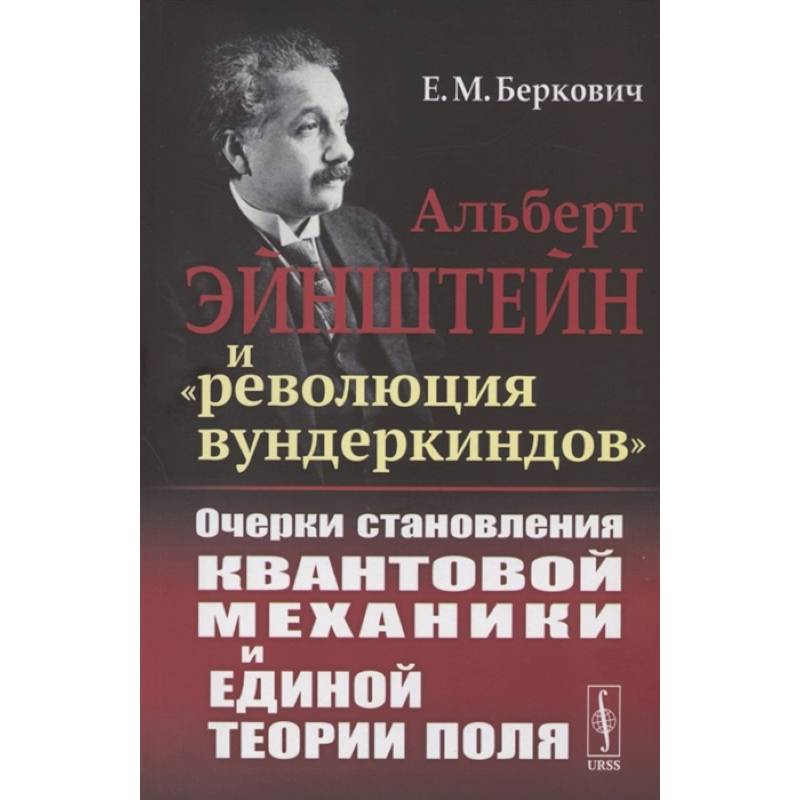Albert Einstein and the "revolution of wunderkinds". Essays on the development of quantum mechanics and the unified field theory
Please sign in so that we can notify you about a reply
Two weeks before the twentieth of the twentieth century, the physical world shocked a message that did not fit into the usual framework of ideas about micromire - Professor of the University of Berlin Max Planck suggested that the light does not spread continuously, in waves, as physicists believed before it, but in portions, clots of energy called quanta . In Einstein’s writings, this hypothesis has found application to explain the photo effect, but for a long quarter century the laws of emitting and absorption of quanta could not be clothed in a strict form.
The planetary model of the Rutherford atom, the postulates of Bora were only steps to the new theory of the atom, but physicists could not build the theory itself. The book proposed to the reader is popularly telling about the history of the creation of a new science about a micromire called quantum mechanics. Both mature scientists participated in its construction - Max Bourne, Niels Bor, Erwin Schrödinger, and very young physicists born in the twentieth century after the plank proposed its quantum hypothesis. These very young people-Werner Geisenberg, Wolfgang Pauli, Paskual Yordan, Paul Dirac, Samuel Gaudsmit, George Ulebek and some others played a decisive role in the 1925-1927 scientific revolution, which in this book is called the “Windoderkind Revolution”.
Essays on the Windoderkint Revolution, included in the real book, were awarded the Literary Prize named after Alexander Belyaev for the best series of popular science publications
The planetary model of the Rutherford atom, the postulates of Bora were only steps to the new theory of the atom, but physicists could not build the theory itself. The book proposed to the reader is popularly telling about the history of the creation of a new science about a micromire called quantum mechanics. Both mature scientists participated in its construction - Max Bourne, Niels Bor, Erwin Schrödinger, and very young physicists born in the twentieth century after the plank proposed its quantum hypothesis. These very young people-Werner Geisenberg, Wolfgang Pauli, Paskual Yordan, Paul Dirac, Samuel Gaudsmit, George Ulebek and some others played a decisive role in the 1925-1927 scientific revolution, which in this book is called the “Windoderkind Revolution”.
Essays on the Windoderkint Revolution, included in the real book, were awarded the Literary Prize named after Alexander Belyaev for the best series of popular science publications
Author:
Author:Беркович Е.М.
Cover:
Cover:Soft
Category:
- Category:Arts & Photography
- Category:Science & Math
Publication language:
Publication Language:Russian
Paper:
Paper:newspaper
Age restrictions:
Age restrictions:12+
ISBN:
ISBN:978-5-9710-7763-3
No reviews found
